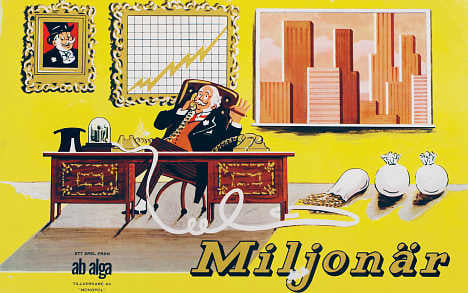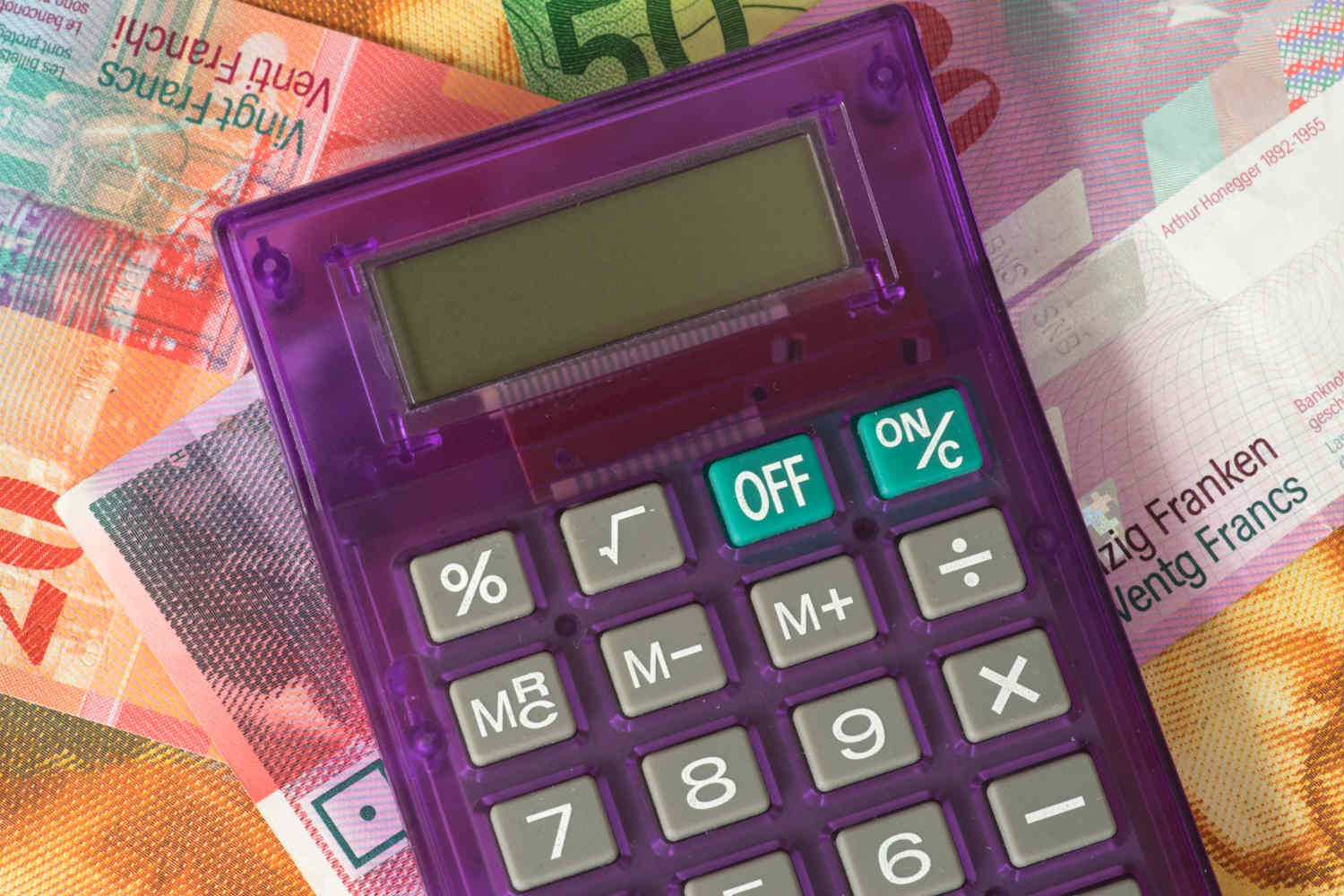Nearly 39,000 people between the ages of 20 and 64 had incomes of more than one million kronor in 2008, according to Statistics Sweden (SCB).
And 86 percent of them were men.
On average, seven out of every 1,000 Swedes brings home seven-figure pay checks each year. But in the posh Stockholm suburb of Danderyd, almost one in ten people earn at least one million kronor per year.
Other Stockholm-area municipalities with a higher than average percentage of million-kronor earners include Lidingö (6 percent), Täby (4.5), Nacka (3.4), Sollentuna (3.1), Vaxholm (2.7), and Eckerö (2.2), according to a complete table of figures published in the Dagens Industri newspaper.
And while Stockholm proper has a slightly lower percentage of millionaire earners, 1.8 percent, measured in absolute numbers the Swedish capital has by far the highest number of residents with seven-figure incomes.
All told, Stockholm is home to almost a quarter of Sweden’s top earners – 9,287 – more than three times the number found in Gothenburg (2,461), and nearly nine times more than Malmö (1,052).
Two other municipalities in southern Sweden are also among those with the highest percentage of people earning more than one million kronor per year, with Lomma boasting 3 percent and Vellinge 2.7 percent.
Meanwhile, in the municipalities of Bjurholm, Norsjö, Malå, Sorsele, Dorotea, Vilhelmina and Arvidsjaur – all in northern Sweden – and Gullspång in central Sweden, not a single seven-figure-earner is to be found.
The statistics also revealed a three-fold increase in the number of million-kronor earners in Sweden between 1999 and 2008 when measured in current prices and a two-fold increase when measured in constant prices.
Despite the increase in high earners, there are still many more Swedes – 204,000 or 3.8 percent of the population – who didn’t earn a single krona in 2008, according to SCB.
The median income in Sweden in 2008 was 252,900 kronor, with the corresponding figure for men, 286,900 kronor, more than 25 percent higher than women’s median income of 225,000 kronor.




 Please whitelist us to continue reading.
Please whitelist us to continue reading.
Member comments